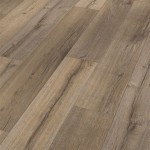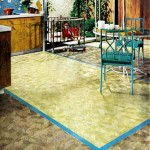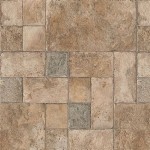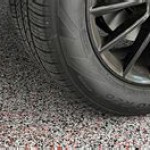Essential Aspects of Installing Engineered Vinyl Flooring
Engineered vinyl flooring (EVF) is a popular choice for homeowners due to its durability, water resistance, and wide range of styles. Installing EVF can be a DIY project, but it is important to understand the essential steps involved to ensure a successful installation.
1. Preparation
Before starting the installation, it is crucial to prepare the subfloor. The subfloor should be level, smooth, and free of any debris or moisture. Any unevenness or imperfections can affect the final appearance and performance of the flooring.
2. Acclimation
Before installing EVF, it is essential to acclimate the planks to the installation environment for at least 24 hours. This allows the planks to adjust to the temperature and humidity of the room, reducing the risk of expansion or contraction after installation.
3. Underlayment
Underlayment is a thin layer of material placed beneath the EVF planks to provide additional support and moisture protection. It also helps to minimize noise and improves the overall comfort of the flooring.
4. Installation Method
EVF can be installed using two main methods: glue-down or floating. Glue-down involves adhering the planks directly to the subfloor, while floating involves locking the planks together and allowing them to float over the underlayment.
5. Cutting and Shaping
In most cases, it is necessary to cut and shape the EVF planks to fit the room layout. Use a sharp utility knife or a power saw with a fine-toothed blade to make precise cuts. When cutting around obstacles, such as door frames or pipes, be sure to use a template or measure carefully.
6. Joints and Transitions
Properly joining the EVF planks is crucial for a seamless appearance and long-lasting performance. Follow the manufacturer's instructions for joining the planks, ensuring they are tightly locked together. For transitions between different flooring types, use appropriate transition strips to create a smooth and professional finish.
7. Finishing Touches
Once the flooring is installed, it is important to complete the finishing touches. This may include installing baseboards, moldings, or quarter rounds to conceal the edges of the flooring and provide a polished look.
By following these essential steps, you can successfully install engineered vinyl flooring in your home. Remember to take your time, follow the manufacturer's instructions, and pay attention to detail to achieve a beautiful and durable flooring that will enhance your living space for years to come.

How To Install Vinyl Plank Flooring As A Beginner Home Renovation

How To Install Vinyl Plank Flooring As A Beginner Home Renovation

A Beginner S Guide To Installing Vinyl Plank Flooring Dumpsters Com

Preparing To Install Luxury Vinyl Flooring A How Guide

How To Install Luxury Vinyl Plank Flooring Quick And Simple Casa Watkins Living

How To Install End Piece On Vinyl Plank Flooring Lvp Laminate Engineered Wood Floors Simple Diy

How To Install Luxury Vinyl Plank Flooring Quick And Simple Casa Watkins Living

Can I Install Luxury Vinyl Plank Over Hardwood Floors

Lvp Flooring Installation How To Install Luxury Vinyl Plank In A Basement Diy

Your Step By Guide How To Install Luxury Vinyl Plank Wc Supply Whole Cabinet
Related Posts








